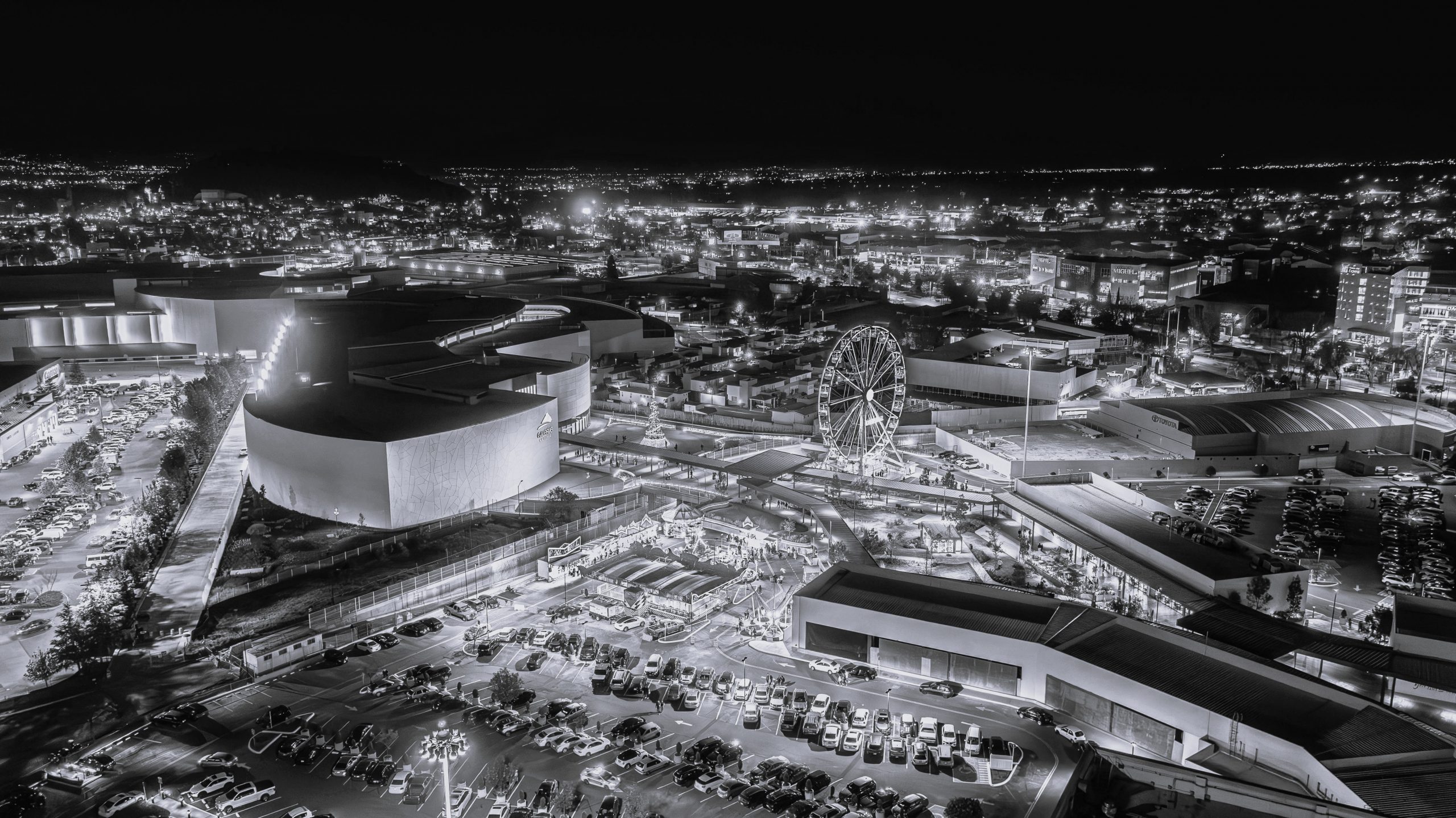In an era defined by hyper-connectivity, mobile capital, and intensifying competition between cities, the criteria for what makes a place “investable” continues to evolve.
Traditional indicators – the likes of infrastructure pipelines, GDP forecasts, transport connectivity obviously remain important. But increasingly a new and often overlooked metric is emerging as a powerful signal of urban vitality: digital visibility.
Digital visibility identifies how often a place, organisation or theme is mentioned online – in relation to competitors. ING Media’s research into ‘Europe’s Most Talked About Cities’ compiled over a period of seven years reveals that cities with high levels of online visibility are not only culturally vibrant and economically dynamic, but they are also more likely to be aligned with coherent policy narratives and long-term strategic goals. In short, they are better positioned to attract investment.
Visibility is viability
ING’s analysis is based on over 1.5 billion online interactions across 60 European cities and 15 digital platforms and reveals a compelling correlation: cities that are more visible online tend to perform better economically. While the direction of causality is complex and multi-layered, the implication is clear, digital visibility and investment do run in parallel.
Crucially, this visibility is not driven by infrastructure announcements or socio-economic data. It is shaped by the stories people tell, about culture, events, and everyday experiences. From music festivals and football matches to museum openings and viral TikTok’s, these moments shape how cities are perceived and, increasingly, how their narrative as investment hotspots is defined.
TikTok, LinkedIn and the new investment signals
Since 2019, city-related content on TikTok has grown by over 7,000%, according to ING’s research. Instagram and LinkedIn have also become essential platforms for shaping place perception, particularly among younger, mobile, and entrepreneurial demographics. In contrast, X (formerly Twitter), which once accounted for 85% of online city conversations, now represents just 40%.
Today, TikTok, LinkedIn, and Instagram collectively drive 36% of all online conversations about cities, up from just 4% back in 2019. This shift is not only a digital trend but an effective structural change in how cities are seen, understood and evaluated.
For investors, this matters. Cities that dominate these platforms are often:
- Hosting major cultural or sporting events (e.g. Liverpool’s spike in visibility following the Eras Tour in 2024)
- Cultivating strong, coherent narratives (e.g. Brighton’s globally renowned Pride celebrations or Bradford’s City of Culture designation)
- Aligning communications with policy missions (e.g. Doncaster on infrastructure, Lancaster on skills or Plymouth on housing)
Such visibility goes beyond PR; it evidences a city’s strategic clarity, governance alignment, and capacity to attract and absorb investment.
The five things investors should look for:
Digital visibility is not a replacement for traditional investment metrics, but it is a powerful complement. Here are five digital-first indicators that can help investors identify cities with strong long-term potential:
1. Narrative clarity
Cities with a focused, authentic story tend to cut through the noise. The most successful places are not those that try to be everything to everyone, but those that align their communications with a clear, government-backed mission. Look for consistency between what a city says and what it does.
2. Cultural momentum
Track cities with rising cultural capital. Festivals, sports, music, and grassroots events are indicators of civic health, social cohesion and economic dynamism. These events generate footfall, media attention, and civic pride, all of which contribute to a city’s invest ability.
3. Platform performance
Analyse how cities perform across TikTok, LinkedIn, and Instagram. These platforms now shape perception more than traditional media. A city’s digital footprint can reveal how it is engaging with residents, visitors, and potential investors.
4. Policy communications alignment
The most investable cities are those where government strategy and public messaging are in sync. This alignment builds trust, reduces reputational risk, and signals long-term vision. It also suggests that a city can deliver on its promises, a critical factor for investors seeking stability and predictability.
5. Digital infrastructure for place
Beyond broadband and smart city tech, consider how cities are investing in digital storytelling, content creation, and civic engagement. These are the tools of modern place management – and modern investment attraction. Cities that understand the power of narrative and know how to participate in the digital lives of their audiences are better equipped to compete globally.
Unlocking urban opportunity
In a highly digital and competitive environment, being seen, shared, and talked about is essential to attracting people, talent, and capital. Investors who understand the dynamics of digital place branding will be better positioned to spot emerging hotspots before they hit the mainstream, align with cities that are attracting attention, ambition, and talent and de-risk by investing in places with strong civic narratives and public engagement.
As cities compete not just for capital, but for relevance, identity, and trust, those that understand and harness the power of digital visibility will be the ones that thrive. For investors, the message is clear- if you want to know which cities will lead the future, look at where the conversation is happening today.




